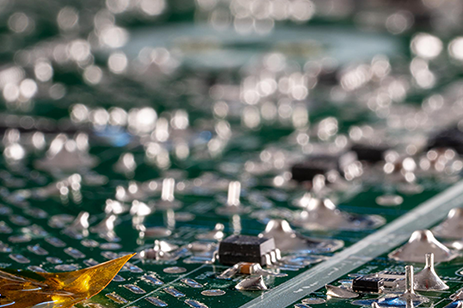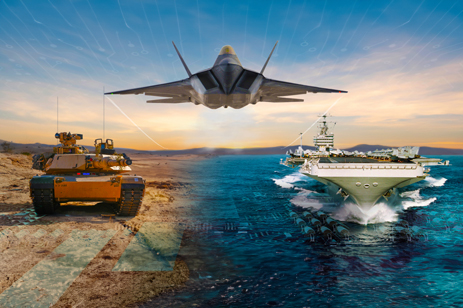Infographic: 5 Fundamentals to Simplify Tactical Data Link Translation
The tactical data link (TDL) gateways that translate information across TDL types are notoriously difficult and time-consuming to set up and configure. Warfighters at the tactical edge of the battlefield don’t have the knowledge, skills, or time to operate them. Read the infographic to see what it takes to resolve the main issues.
Case Study: Pilatus PC-21, an Integrated Systems Success Story
Imagine a new type of trainer aircraft for the twenty-first century. One that can adapt to a particular student’s requirements, transforming its’ console to match that of the specific type of aircraft the training calls for. An aircraft that lowers the cost of training for jets, while expanding on functionality and capabilities. Pilatus Aircraft Ltd., with Curtiss-Wright Defense Solutions, has made this ideal new teaching platform a reality. Read the case study to learn more.
Case Study: Upgrade M60 Main Battle Tank With Curtiss-Wright Drive Technology
Upgrading M60 battle tanks with modern electro-mechanical turret drive systems from Curtiss-Wright provides a quick, cost-effective solution for significantly boosting the performance of older hydraulic and hybrid turret drive-based battle tanks, so they can competitively meet the threat posed by newer and far more costly contemporary platforms.

Interoperability Considerations Between Different Host FMC and FMC Mezzanine Vendors White Paper
In the same way as one might strip out unnecessary weight in a car aimed for racing, the FMC is a performance solution that strips away unnecessary generic interfaces for direct FPGA driven I/O. But that requires knowledge to achieve the desired performance and to ensure the host and FMC module will work well together. This paper outlines some of the considerations in order to assess and the ensure that the host and module will integrate.

How Does the FMC (FPGA Mezzanine Card) Standard Measure up Against the PMC/XMC Format White Paper
Interest in reconfigurable embedded computing in the defense and aerospace market has grown significantly as new generations of FPGAs present developers with a level of processing performance and potential I/O bandwidth that cannot easily be matched by conventional CPU configurations.


